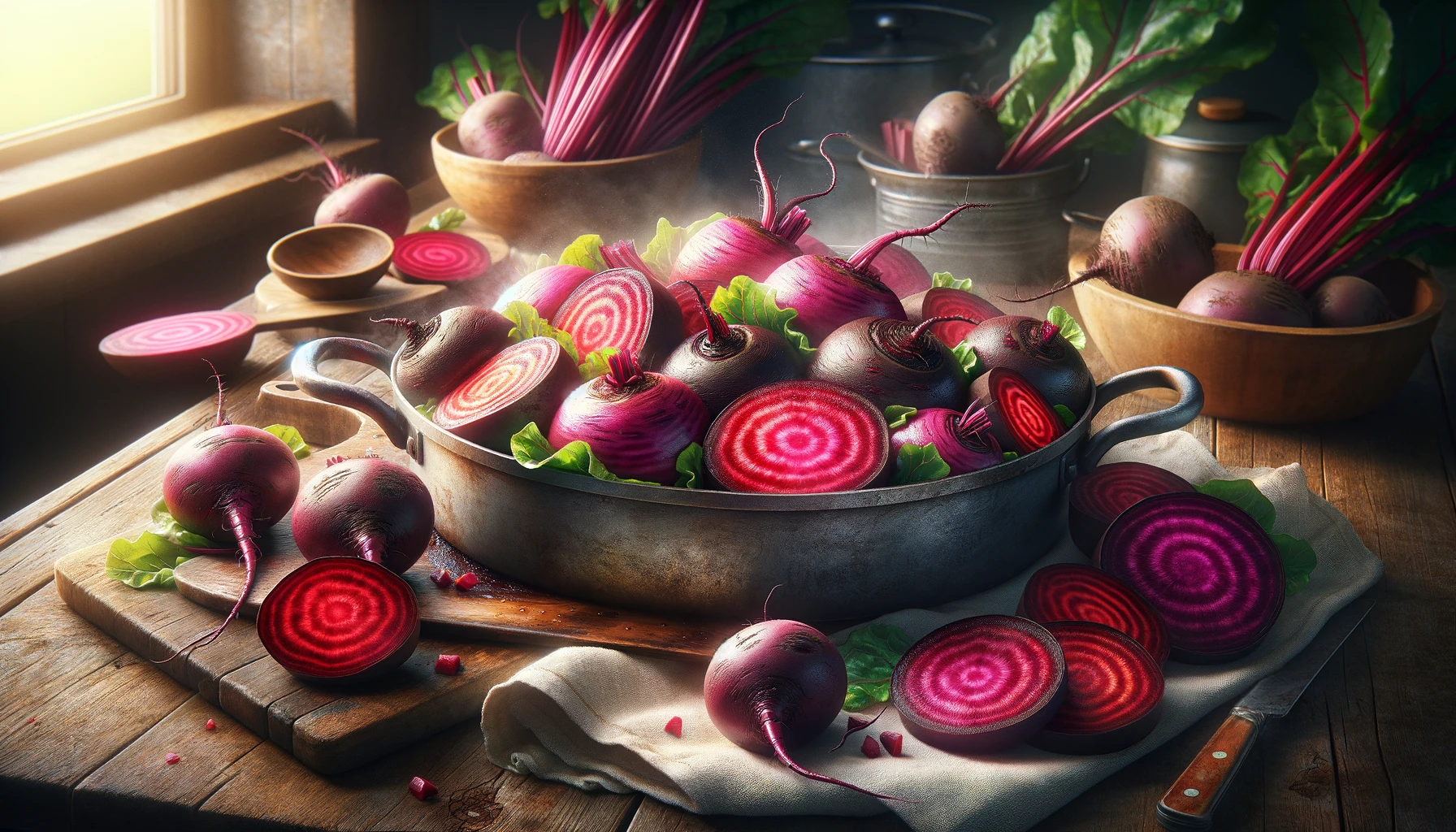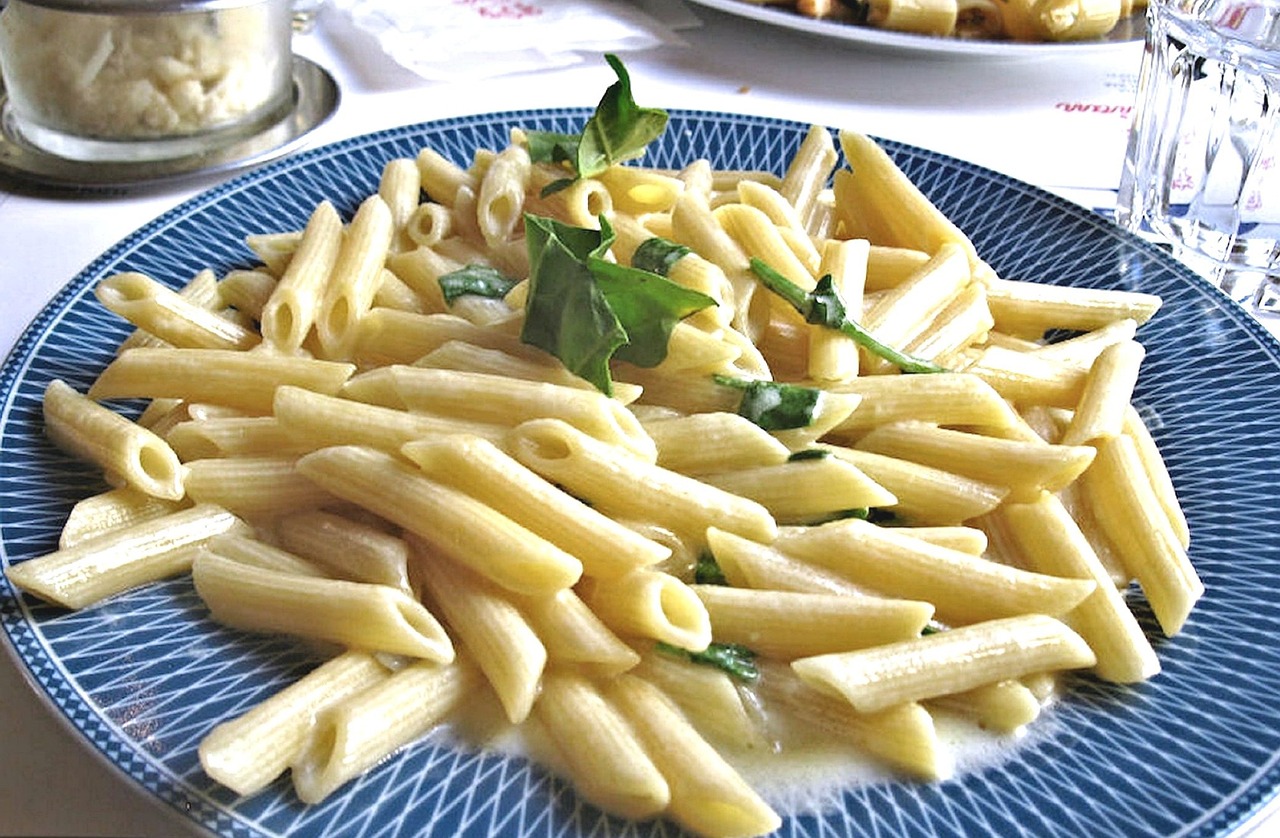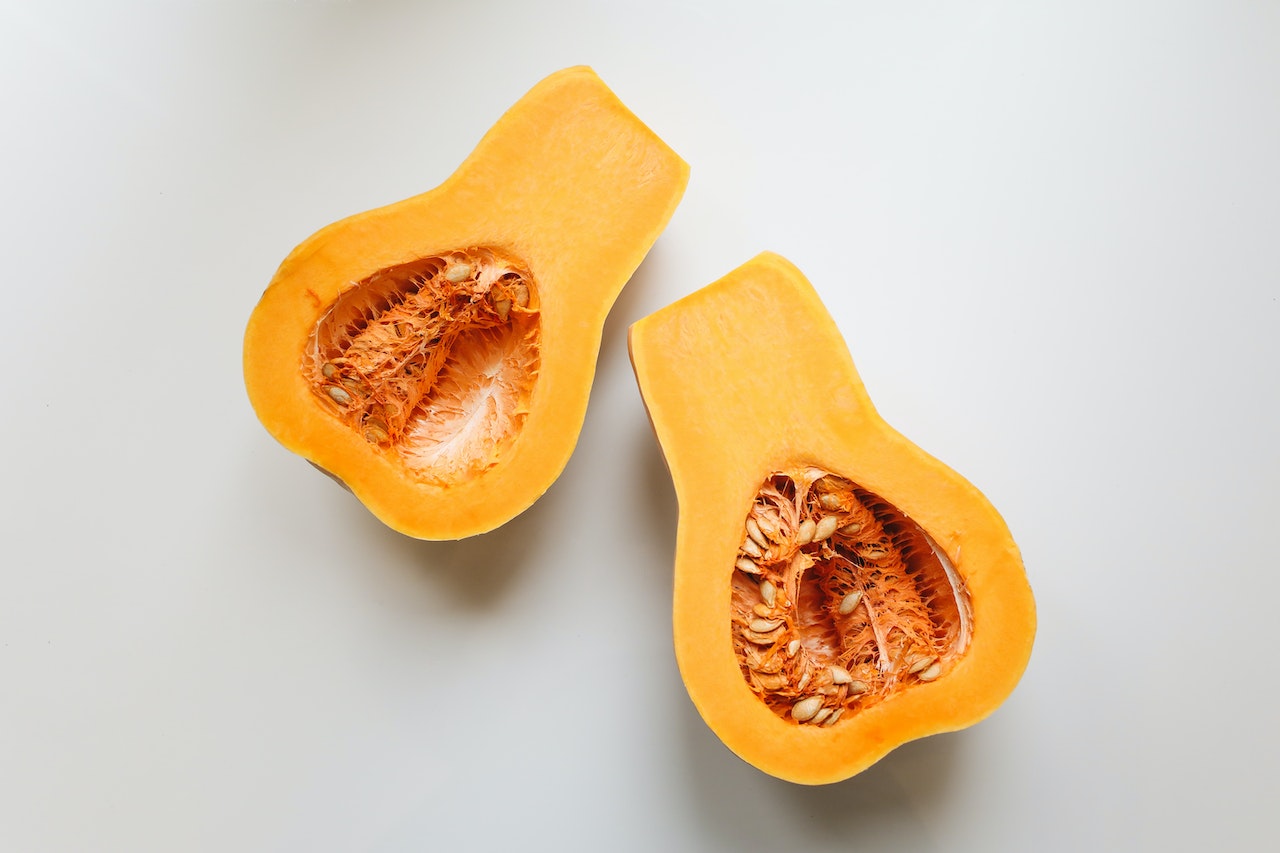Beets! Those vibrant, dirt-flavored gems that everyone pretends to adore at fancy dinner parties. Fear not, my fellow kitchen warriors, for today we embark on the perilous journey of transforming these underground bulbs into a “gourmet” dish. Let’s start with the essentials – the ingredients. Because, as we all know, cooking is just adult chemistry with the risk of burning your house down.
Ingredients:
- Beets – 4 medium-sized (about as big as your unfulfilled dreams)
- Olive oil – 2 tablespoons (for that fancy touch)
- Salt – 1 teaspoon (or the tears of your enemies, whichever is saltier)
- Black pepper – ½ teaspoon (like your soul)
- Garlic – 3 cloves (for warding off vampires or unwanted dinner guests)
- Fresh thyme – 1 sprig (because you’re apparently a herbalist now)
- Water – Just enough to cover the beets (like your hopes and dreams, submerged)
Now, before we begin, make sure you’re wearing an outfit you despise – because beet stains are forever, like that one embarrassing moment from high school.
Step 1: The Judgement
Take your beets and judge them. Are they worthy of your culinary efforts? Will they rise to the occasion, or will they crumble under the pressure like your last attempt at making sourdough bread during quarantine? Only time will tell.
Step 2: The Chop
Wash the beets. Yes, wash them. They’ve been lounging underground, and you don’t want any gritty surprise in your dish. Once they’re clean, chop off the tops and bottoms. You can save the greens for a salad or, let’s be real, toss them like your New Year’s resolutions.
Step 3: The Oil Bath
In a roasting pan, lovingly place your beets. Now douse them in olive oil, like you’re trying to make them forget they’re about to be roasted alive. Sprinkle with salt, pepper, and whisper your darkest secrets to them. It’s said that beets absorb negative energy, but that might just be a myth like “easy recipes.”
Step 4: The Vampire Test
Take your garlic cloves and smash them — no, not with your existential dread, but with the flat side of a knife. Scatter these potent fragments around your beets. Not only does this add flavor, but it also serves as a handy vampire detection system. If any bloodsuckers show up, at least you’ll know your garlic is fresh.
Step 5: Time for Thyme
Now, let’s get fancy. Take that sprig of thyme and lay it atop the beets like you’re bestowing a laurel wreath upon a victorious gladiator. It’s a small gesture, but it’ll make you feel like you’ve got at least a semblance of control over your culinary destiny.
Step 6: The Watering Hole
Add just enough water to the pan to cover the beets. This isn’t a swimming pool, but think of it as a spa day for your beets. They need to be pampered before their ultimate sacrifice.
Step 7: The Great Cover-Up
Cover the pan with foil. This is to keep all the steam and flavors locked in, much like how you bottle up your feelings when someone asks how your “little cooking hobby” is going.
Step 8: The Slow Burn
Preheat your oven to 375°F (190°C). While it heats up, ponder over your life choices that led you to this moment. Once the oven is ready, slide your pan into it and let the beets roast for about 45 minutes. This is a great time to reflect on why you’re cooking beets when you could be eating pizza.
Step 9: The Poke of Truth
After 45 minutes, remove the pan (with oven mitts, please, we’re not trying to add a trip to the ER to our cooking experience). Gently poke the beets with a fork. If the fork slides in smoothly like your best pick-up line, they’re done. If not, chuck them back in the oven like yesterday’s regrets.
Step 10: The Cool Down
Let the beets cool before handling them. This is essential because you’ll need to peel them, and beet burns are a badge of shame in the cooking world.
Step 11: The Grand Unveiling
Once they’re cool enough, peel the beets. The skins should slide off easily, much like your hopes and dreams sliding away as you realize you’re standing in your kitchen peeling beets. Slice them, dice them, or leave them whole – it’s your beet journey.
And voila! You’ve successfully cooked beets while keeping your sanity (mostly) intact. Serve them as a side dish, in a salad, or just stare at them and wonder why you went through all this trouble. Remember, cooking is about the journey, not just the delicious, earthy, slightly sweet destination. Bon appétit!
Beet-Cooking Pro Tips
- The Stain Game
Beet juice stains like it’s getting paid for it. To avoid turning your kitchen into a crime scene, consider wearing gloves. Unless, of course, you’re aiming for a new look called ‘Serial Beet Killer.’
- The Cutting Board Chronicles
Use a dark-colored cutting board, unless you want a permanent beet mural. If you do end up staining your favorite cutting board, just tell people it’s modern art.
- The Roasting Alternative
Not a fan of roasting? Try boiling your beets instead. It’s like giving them a hot bath, except you get to eat them afterward. Just simmer them until they’re tender enough to evoke a small sigh of contentment.
- The Cool Peel Appeal
Peeling beets can be a mess. To minimize the beet-pocalypse, try peeling them under cold running water. It’s like a mini waterfall for your beets, and it keeps your hands relatively stain-free.
- The Beet Whisperer
Talk to your beets. No, seriously. They won’t answer back (if they do, you might have other issues), but it’s a great way to vent out your day’s frustration. Plus, it’s cheaper than therapy.
- The Leftover Love
Got leftover beet greens? Don’t throw them away! Sauté them with a bit of garlic and olive oil. They’re like the neglected middle child of the beet family – full of potential but often overlooked.
- The Beet Retreat
After handling beets, your hands might look like you’ve been fingerprinted by the FBI. Lemon juice is your friend here. It helps remove beet stains from your skin and adds a refreshing citrusy scent to the mix.
- The Preservation Station
Cooked too many beets? No worries! Store them in the fridge for up to a week, or freeze them for a longer shelf life. They’re like edible souvenirs from your beet-cooking adventure.
- The Salad Spin
Add some roasted beets to your salad for an unexpected pop of color and sweetness. It’s like a surprise party for your taste buds, and everyone’s invited.
- The Beet Goes On
Lastly, embrace the beet. It might be an oddball in the vegetable kingdom, but it’s packed with nutrients and can add some pizzazz to your meals. Plus, you’ll have the coolest stories to tell about your beet-cooking escapades.
FAQ: The Beet Chronicles
Well, they did grow in the dirt, so there’s that. But seriously, that earthy taste is a hallmark of fresh beets. Try roasting them to bring out their natural sweetness, or simply blame Mother Nature.
Gloves are your best friend, unless you enjoy explaining to everyone that no, you haven’t taken up a side gig as a part-time burglar. Alternatively, embracing the beet-stained life is also an option. It’s very avant-garde.
Absolutely! Beet greens are the unsung heroes of the beet world. Sauté them, add them to salads, or use them to fan yourself when you’re feeling dramatic in the kitchen.
Cooked beets can hang out in your fridge for about a week. Think of them as your low-maintenance food friends. No need for daily check-ins; they’re just chillin’.
Ah, the classic ‘beeturia.’ Yes, it’s normal for some people to experience a change in urine color after eating beets. It’s like a fun science experiment, except the lab is your body.
Sure, if you’re in a pinch or feeling particularly lazy (no judgment here). Just know that canned beets are like the understudies to fresh beets – similar, but not quite the star of the show.
Try roasting them with a drizzle of honey or maple syrup. It’s like giving your beets a little pep talk before they go on the big stage (your oven).
Patience, young grasshopper. Roasting beets is a slow affair. Make sure you’re giving them enough time in the oven, and remember to poke them with a fork to test their softness, much like how you test the waters before making a risky joke.
Yes, you can go wild and eat beets raw. Grate them into salads or slaws for a crunchy, nutritious addition. Just be prepared for the raw, unadulterated beet experience.
Act fast with cold water and stain remover. Or, embrace the stains and tell people it’s a new fashion trend. Beet-stained chic, anyone?



